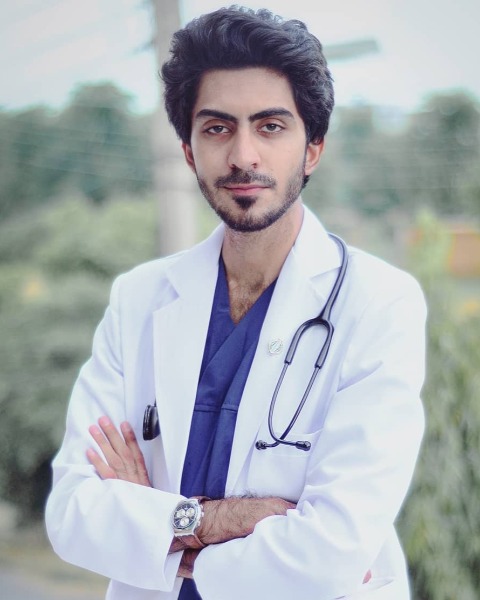SIR 2025
Portal Hypertension
Scientific Session
Establishment of a Multi-Disciplinary Splanchnic Venous Thrombosis (SVT) Clinic: A Preliminary Evaluation Report

Sheikh Muhammad Usman Shami, MD (he/him/his)
Research Fellow
Beth Israel Deaconess Medical Center, United States
Vijay Ramalingam, MD
Vascular Interventional Radiologist
Beth Israel Deaconess Medical Center, United States- JT
Joshua Tublin, MD
Clinical Fellow in Radiology
Beth Israel Deaconess Medical Center, United States .jpg)
Lauren M. Yang, MD (she/her/hers)
Multidisciplinary Splanchnic Venous Thrombosis Program, Co-director
Beth Israel Deaconess Medical Center, United States- MC
Michael Curry, MD
Associate Professor
Beth Israel Deaconess Medical Center | Harvard Medical School, United States - JB
Jonathan Berry, MD
Professor of Medicine
Beth Israel Deaconess Medical Center, United States - KB
Ken Bauer, MD
Professor of Medicine
Beth Israel Deaconess Medical Center, United States - MA
Muneeb Ahmed, MD, FSIR
Professor of Radiology
Beth Israel Deaconess Medical Center/Harvard, United States
Presenting Author(s)
Author/Co-author(s)
To evaluate the operations and outcomes of a newly established splanchnic venous thrombosis clinic.
Materials and Methods:
New multidisciplinary clinic (MDC) was established. The MDC team is comprised of interventional radiology, hepatology, and hematology. All patients who were seen at the new clinic or discussed at the SVT conference between February 2022 and April 2024 were evaluated by reviewing conference summaries, clinic notes, patient charts, and imaging reports for every visit. Demographics, disease etiology, initial management, change in management, and outcomes were recorded.
Results:
A total of 224 patients were evaluated over 578 encounters. 363 (63 %) were clinic visits and 215 (37 %) were conference reviews. Median age was 59 years with 126 (56 %) males. There were 98 patients (44 %) with cirrhosis and 126 (56 %) without cirrhosis. Amongst cirrhotic patients, 50/98 (51 %) had cirrhosis as their only risk factor for SVT. 18/98 had recent surgery, 14/98 had a hematologic condition, 12/98 had a solid organ malignancy, 9/98 had pancreatitis, and 8/98 had an associated infection.
Amongst non-cirrhotic patients, 15 were classified as idiopathic. 111 patients had 2 or more etiologies associated with their diagnosis of SVT. 42 patients were post-surgical, 15 had recent infection, 29 had a hematologic disorder, 16 had solid organ malignancy, 15 had pancreatitis, and 21 had other disease etiologies.
The number of providers seen by patients were: 1 by 46 (13%), 2 by 106 (29%) and 3 by 211 (58%).
After being evaluated in clinic, the most common recommendation by encounter was follow up / surveillance (n= 105, 26.67%), anticoagulation (n= 79, 35.56%), TIPS (n=16, 7.11%), AC and TIPS (n= 4, 1.78%), TIPS Revision (n= 5, 2.22%), Thrombectomy (n= 3, 1.33%), Variceal embolization / shunt (n= 7, 3.11%), stent (n= 1, 0.44%), and other (n= 10, 4.44%). A change in management occurred in 174 instances (30%) Analysis of the SVT disease characteristics showed that most patients had occlusive disease (n= 114, 51%). Main portal vein was the most commonly involved vessel and was involved in 30.09% of the instances, followed by SMV (24.36%), RPV (11.24%), LPV (12.65%). The establishment of a MDC splanchnic venous thrombosis program leads to comprehensive clinical care resulting in a change in management in 30 % of encounters with an increase in the percentage of resolving disease from 17 to 44 %.
Conclusion:


.jpg)